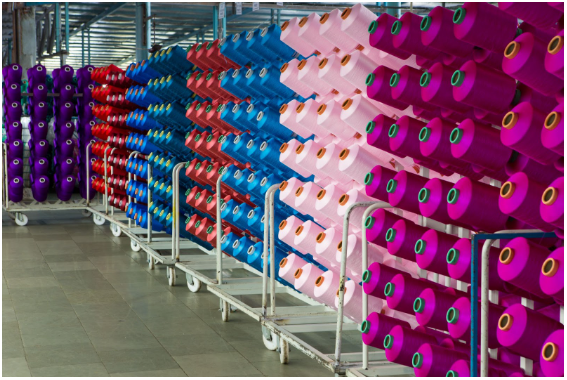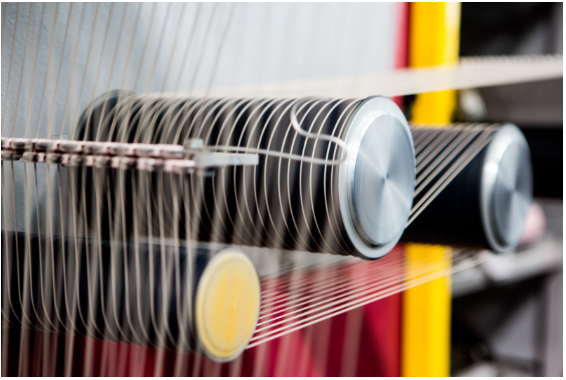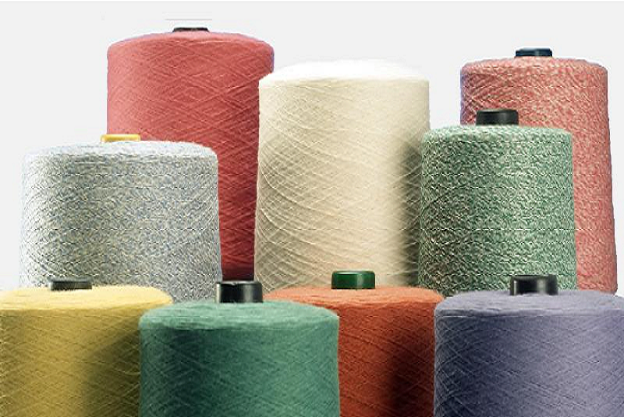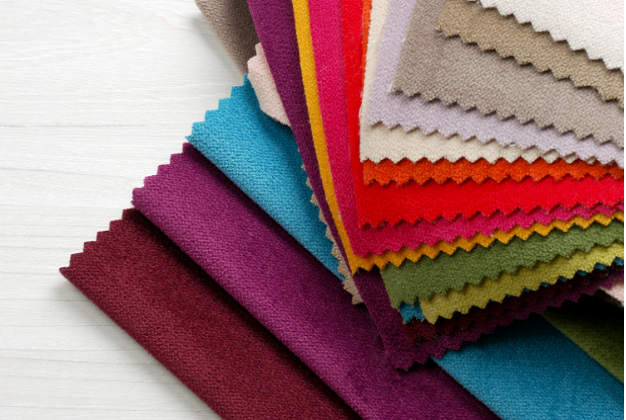If you’ve ever admired the vibrant threads in embroidery, cross-stitch, quilting, or weaving, you’ve seen dyed threads in action. But not all dyed threads are created the same. In the textile industry, one key difference lies in the method of dyeing—machine dyeing versus hank dyeing. Understanding these techniques can help you choose the right thread for your next creative or commercial project.
Let’s break down what dyed threads are, how machine and hank dyeing differ, and how these techniques influence quality, color, and performance.
What Are Dyed Threads?
Dyed threads are threads that have been colored using various dyeing techniques. The process can be done by machines (mass production) or by hand (artisanal method). The dyeing process ensures that the thread holds a specific shade or pattern, adding life and vibrancy to any textile project.
Most commercially available threads, such as embroidery floss, sewing threads, and quilting threads, are dyed in large batches using machines. These threads have uniform color, making them ideal for projects that require consistency in shade and tone.
What is Machine Dyeing?
Machine dyeing is typically done in large batches using industrial equipment. Threads are wound onto cones or packages and then dyed under high-pressure, high-temperature conditions. This method is efficient and ensures consistent color across massive quantities of thread.
Key Benefits of Machine Dyeing:
- High production speed
- Color consistency across large batches
- Ideal for mass-market manufacturing
- Cost-effective for standardized products
However, threads dyed this way can sometimes lose a bit of their softness or flexibility due to the tension and compact winding during dyeing.
What is Hank Dyeing?
Hank dyeing is a method where the yarn is loosely wound into large loops (called hanks) and then dyed in an open, relaxed state. This allows the dye to penetrate evenly and deeply into the fibers without compressing them.
Hank dyeing is the method AYM Syntex uses for several of its premium yarns, including PolyCycle™, ensuring not only vibrant color but also better texture and quality.
Key Benefits of Hank Dyeing:
- Superior dye penetration and color richness
- Retains yarn softness and flexibility
- Excellent for textured or high-quality yarns
- Better suited for applications requiring a natural drape and hand-feel
Because the yarns are relaxed during the dyeing process, they absorb dye more uniformly, resulting in a fuller, deeper color with enhanced luster.
Also Read: What Are Melange Yarns?
Applications of Hank-Dyed Threads
Hank-dyed threads are ideal for a range of applications where both aesthetics and performance matter:
-
Embroidery & Decorative Stitching –
The enhanced color depth makes designs pop with richness and dimension.
-
Knitting & Weaving –
The yarn retains its softness, making it more pleasant to work with and wear.
-
High-End Apparel & Fashion –
Threads dyed using the hank method bring a superior look and feel, perfect for fashion and lifestyle products.
-
Home Furnishings –
In furnishings, hank-dyed yarns contribute to both the durability and beauty of the final product.
Also Read: What are Viscose Yarn
Why Does Hank Dyeing Matter for Quality?
The method of dyeing directly affects the color uniformity, fiber integrity, and overall performance of the thread. Hank dyeing stands out for delivering a high-end finish while preserving the natural characteristics of the yarn.
At AYM Syntex, we use hank dyeing to offer threads that meet the highest quality standards for both function and appearance. Whether it’s for textiles, fashion, or industrial use, hank-dyed yarns provide a noticeable edge in both design and durability.
Also Read: What are Recycled Yarns?
Conclusion
When it comes to choosing between machine-dyed and hank-dyed threads, the decision depends on your project’s needs. For large-scale, cost-efficient production, machine-dyed threads do the job well. But if you’re aiming for superior color, feel, and finish—hank-dyed threads, like those from AYM Syntex, offer a premium alternative.
So the next time you’re evaluating thread options, remember: how it’s dyed makes all the difference.




